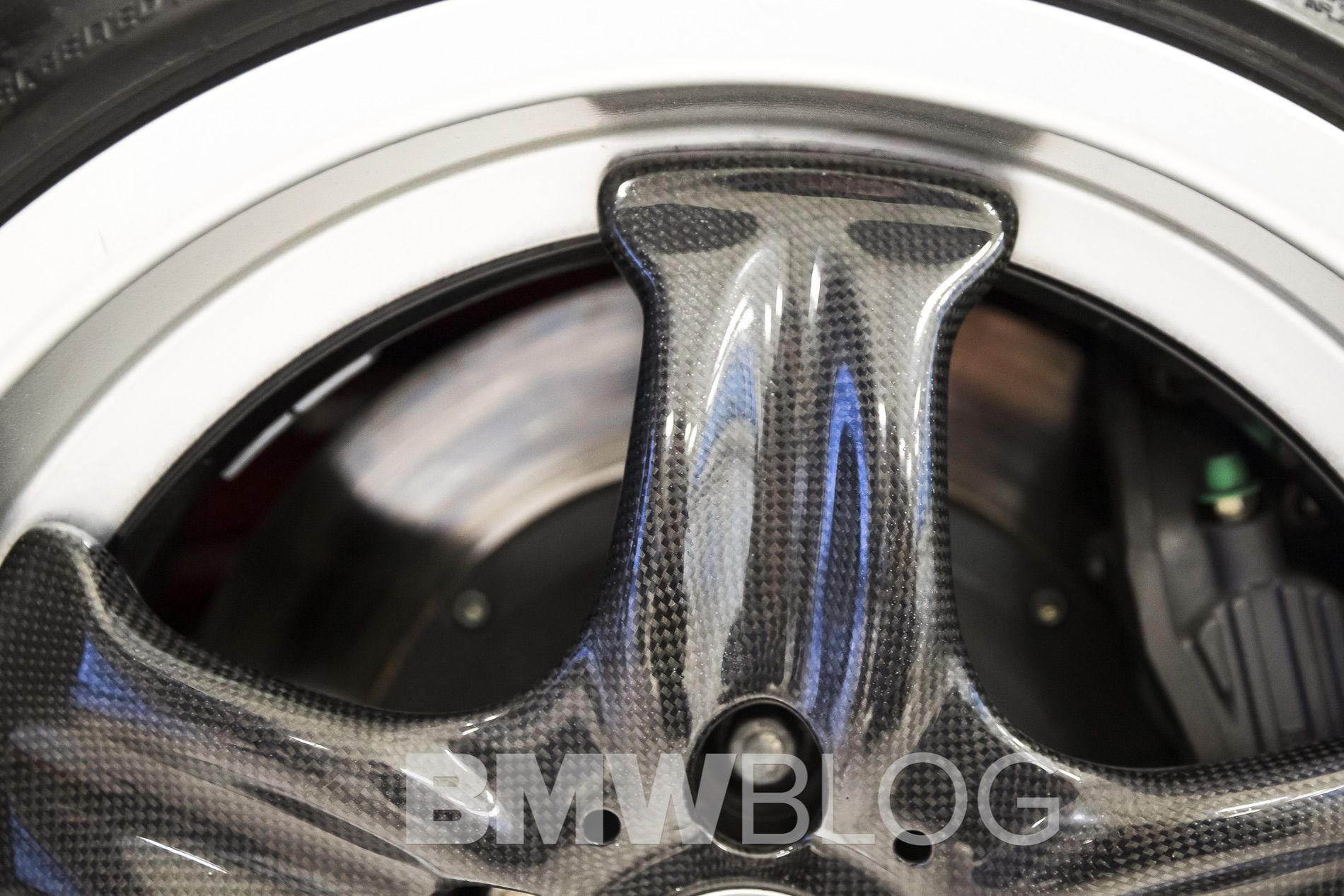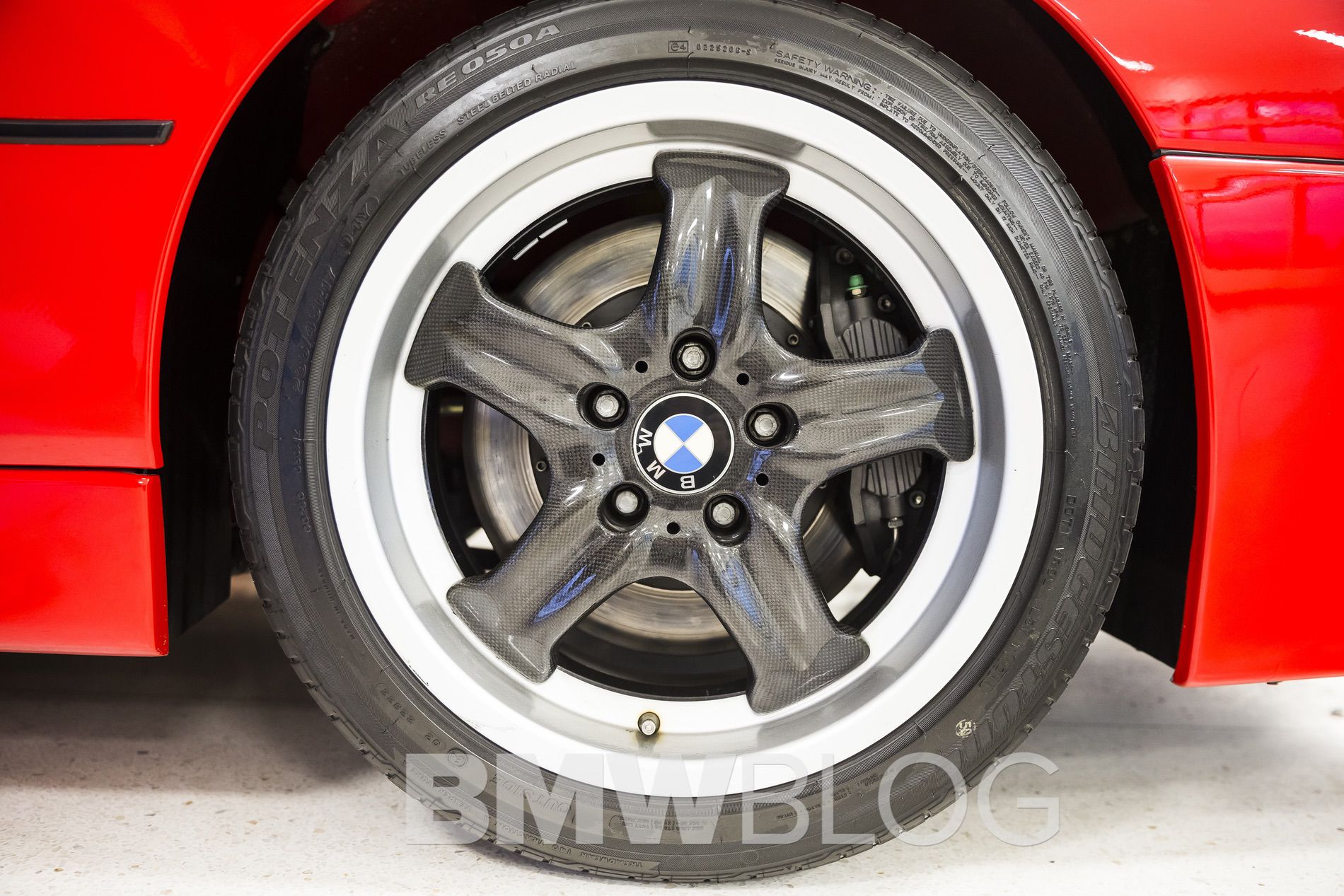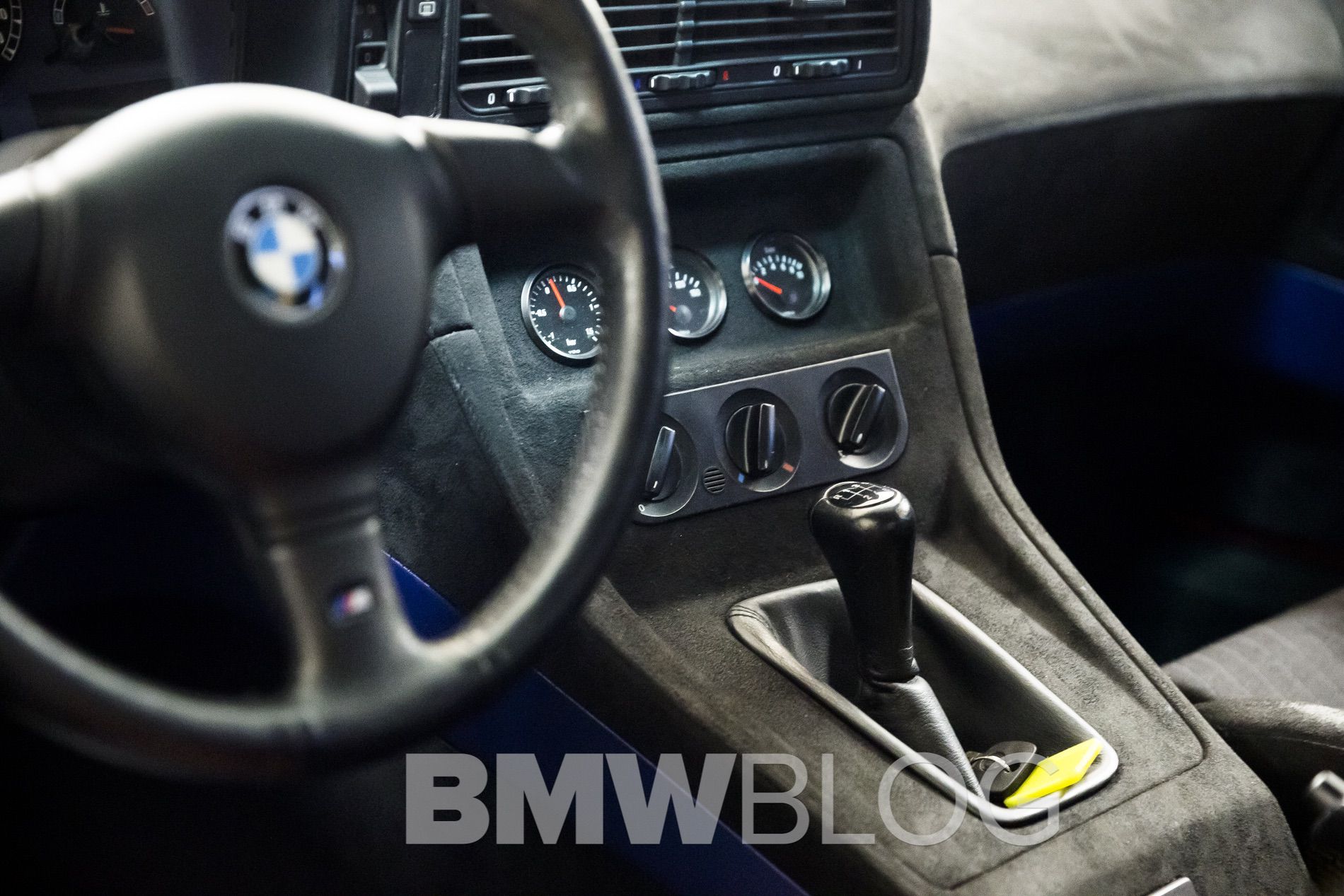I remember it as it was yesterday. It was September 2010 when BMW has invited me to the BMW Museum in Munich for the official brand launch of the BMW i sub-division. It was for the first time the company acknowledge their electric plans and while this was a defining moment in BMW’s history, there was another car that stole my heart.
For the first time, BMW has weirdly decided to show a legend – the BMW M8 Prototype – during an event focused on electric mobility and efficiency. The M8 was none of those things. The legend of the M8 one-off prototype has been told many times before the “official unveil” but none of the media has ever seen the car before.
So when the opportunity presented itself, naturally, I jumped at it with two cameras and a lot of enthusiasm. The M8 prototype photos shortly went viral and even today, they are being referenced in many articles.
But I have something better to show today. Taking advantage of the latest and greatest in photography equipment – and with the use of a great professional photographer – I can bring you some new shots of the iconic M8. While I was at the 2019 BMW Test Fest, BMW of North America decided to spoil us with a Closed Room event which, this year, featured the all-new BMW X3 M and X4 M, the upcoming BMW X5 M (what a treat) and the rebirth of the M8 Coupe (another special treat).
Among those, sneakily, BMW has decided to place the E31 M8 prototype as well, and of course, side-by-side with the new M8. Unfortunately photos of the “second generation” M8 were not available, but it was one of the first time when I didn’t really mind, since my favorite car in the BMW lineup was there.
To those that are not familiar with the first M8 project, allow me to walk you through some of the details.
Back in the ’90s, a skunkworks project was underway deep in the bowels of BMW. The Bavarians were developing a supercar killer that would have more horsepower and a higher top speed than anything from Porsche or Ferrari at the time. It was the BMW M8, a car so secret and so extreme, both the media and the public were unaware of its existence until a decade after it was killed off. The M8 died in its prototype phase, due to BMW brass deeming it too expensive and unable to be profitable.
Once the first-gen BMW 8 Series debuted, the folks at BMW’s Motorsport Division immediately began figuring out how to make it a proper M supercar. So Paul Rosche would go on to develop a 6.1 liter, naturally-aspirated V12 engine, dubbed the S70, and it would have shamed anything from Ferrari at the time. The mighty V12 packed 549 hp and 368 lb-ft of torque, with 90 percent of its torque being available at just 2,000, impressive for an N/A motor.
According to Rosche, an extra large intake system, with beautiful carbon fiber intake manifolds, had to be developed to give it the torque they wanted and it was so bit that they had a hard time fitting the entire thing under the hood. That V12 was paired with a Gertrag six-speed manual gearbox with a 3.15:1 rear-end.
Interestingly, one of the biggest misconceptions of the M8 is that it shares an engine with the record shattering McLaren F1 as it was around the same time as the development of the M8 that McLaren commissioned BMW to build a very power V12 to power their supercar – after being denied by Honda.
Per our sources, the McLaren V12 (a modified S70) and the M8’s V12 were likely constructed by many of the same engineers hence a similar design and output but differed in areas such as overall length due to the horizontal intakes for a front engine layout if the 8 compared to the vertical intakes of a mid-engined car. The McLaren engine, from a design standpoint, shared quite a lot of characteristics and parts with the S50 engine of the E36 M3.
According to BMW, the M8 would have been capable of 198 mph, though no official testing was ever done.
There are a lot more exciting details about the E31 M8, so I will invite you to read two amazing articles written in 2010 by our Andrew Murphy and later on in 2017 by Nico DeMattia.


























































































